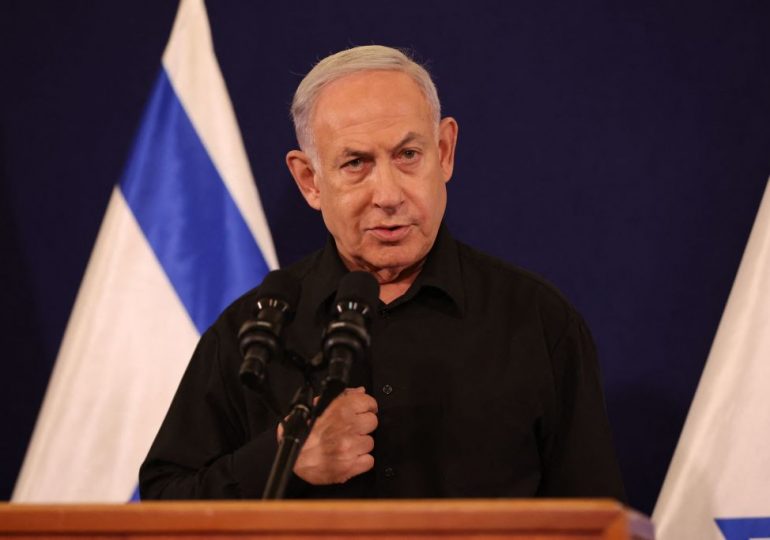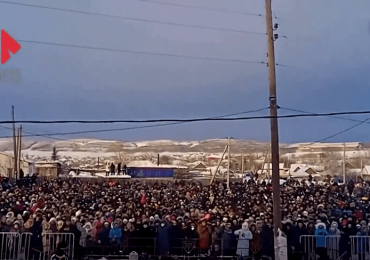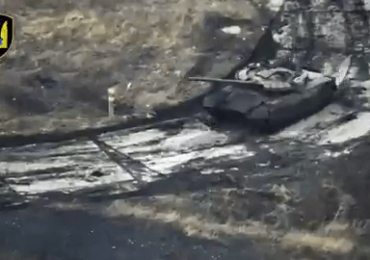As Saturday morning dawned in the Middle East, an obvious expansion of Israeli air strikes and incursions into Gaza appeared hard to define. Was this the major invasion that’s been expected for three weeks? It was not, but Israel’s official spokespeople were seemingly being intentionally vague. They were not going to reveal anything to Hamas, and shutting down nearly all of Gaza’s phone and internet communications was aimed at sowing confusion.
[time-brightcove not-tgx=”true”]
The surprise of the week was that Prime Minister Benjamin Netanyahu and his war cabinet had decided in recent days—much to the relief of many Israelis—to hold off on waging all-out war. Netanyahu felt public pressure at home to allow more time for negotiations that might free Israeli hostages. Israel also had to pay attention to President Joe Biden, who has been highly supportive since the Hamas atrocities of Oct. 7. Biden publicly urged Israel not to act out of “rage,” to be cautious, and to permit more aid to reach Palestinian civilians in Gaza.
With over 1,400 Israelis killed by Hamas terrorists and more than 220 taken hostage, the anger and anguish in Israel has not diminished in three weeks. Yet the Netanyahu team came to their senses, deciding to keep delaying a full-scale ground incursion into Gaza by the Israel Defense Forces (IDF). It wasn’t just pressure from Biden and other Western leaders who have visited Israel since the Hamas attack. It wasn’t just the tears and anger of desperate families of the Israeli hostages hidden in Gaza, many heartbroken because their country failed to protect its citizens—and wondering if the same political, military, and intelligence leaders can be trusted to wage a war in response.
Rather, Netanyahu and his advisors had the self-realization that an all-out invasion would be very hard to justify, when almost all Israelis are viscerally tied in knots over the hostage crisis, seeing photographs of the defenseless civilians kidnapped by the terrorists. On the morning of Oct. 28, hundreds of relatives of hostages gathered in a square in Tel Aviv. Showing a united front, they called for the Israeli government to put the return of their loved ones ahead of military objectives. If rescuing hostages is the highest priority, the IDF has a huge weight on its shoulders; and an unrelenting assault to defeat and remove Hamas might well seem immoral. The terrorists are not only hiding behind their own Palestinian civilians, Hamas is also hiding behind kidnap victims.
Among the clearest voices saying the hostages’ welfare must come first is that of Tamir Pardo, a former head of the Mossad who was himself an IDF commando soldier. Known for thinking outside the box, he expressed to us that military rescues—even with the well-practiced expertise of Israel’s most elite fighters—would be impossible, with hostages divided into many groups in perhaps unreachable underground lairs. Pardo, and now many others in the security establishment, have reached the conclusion that negotiations are the best route to save hostages’ lives. Using Egypt and especially Qatar as mediators, four women were set free in the first releases.
We have come to learn that top Israelis have reluctantly concluded that a huge prisoner swap would be the best way to bring the hostages home. That would likely mean the release of thousands of Palestinians held by Israel, even many convicted of murders and bombings. Terrorists “with blood on their hands,” as Israel puts it, have been freed in the past—painful deals even to recover just one soldier or corpses. Hamas would hail that as a victory. Israel needs to swallow its pride and put aside the standard rhetoric of refusing to make deals with terrorists. The great news would be that hostages from 25 nations, including U.S. citizens, would be safe at home. And only then, could the IDF strike Hamas hard with a clear conscience. Israel could proceed with its post-October 7 goal of eliminating that radical Islamic faction from power in Gaza, once and for all.
Still, a ground invasion will be very costly: not just to Hamas, and Gaza civilians already suffering mightily from the air strikes, but also to Israeli troops. The invasion has to be cautious and gradual, a block-by-block search for terrorists and their infrastructure, rather than trying to take all of the Gaza Strip at once. American generals, led by Secretary of Defense Lloyd Austin who experienced the war in Iraq, know very well how difficult it is to conduct urban warfare. And they have been telling the Israelis, in person, along with concrete advice. Austin was in Tel Aviv a few days after the Oct. 7 shock to Israel, outlining to Defense Minister Yoav Gallant how to move slowly and carefully. Gaza, with over 2.2 million people, is one of the most densely populated areas in the world. Hamas dug a labyrinth of dozens of miles of underground tunnels, bunkers, war rooms, and rocket depots, and the terrorists are highly practiced at popping up for hit-and-run operations.
Now that Israel has expanded its ground operation in Gaza, it would be advisable to conquer some parts of the northern sector first, establishing a bridgehead to be used as a launching pad for further pushes toward Hamas strongholds—including precise in-and-out commando raids. And that is exactly what Israel appears to be doing, as the IDF posted an “urgent message for the residents of Gaza” on Oct. 28, instructing all residents of Northern Gaza and Gaza city to “temporarily relocate South immediately.”
Israel is putting aside the intelligence failures that made Oct. 7 possible and is amassing excellent information on the hideouts sheltering Hamas leaders. That will give the IDF the opportunity to inflict strong psychological blows, by eliminating top terrorists and publicizing those wins.
While Netanyahu and the army promise to “eliminate Hamas,” that is not realistic. Hamas is an extreme Islamic ideology, a set of ideas—including total refusal to accept a Jewish state right alongside—that cannot be wiped out. But their quasi-government in Gaza can be shut down. Of course, there will then be the challenge of finding someone to govern that poverty-stricken areas needing reconstruction and a new, hopefully more positive, beginning.
The best way to end the war would be to combine IDF military successes with substantial international pressure to force Hamas leaders and terrorists to lay down their weapons—in return for free passage out of Gaza, to be relocated in Arab countries that don’t border Israel.
That is exactly how the 1982 war in Lebanon ended, when the Israeli invasion force permitted the PLO—led by Yasser Arafat—to sail away from Beirut to far- off Tunisia and Yemen.
Leave a comment
















